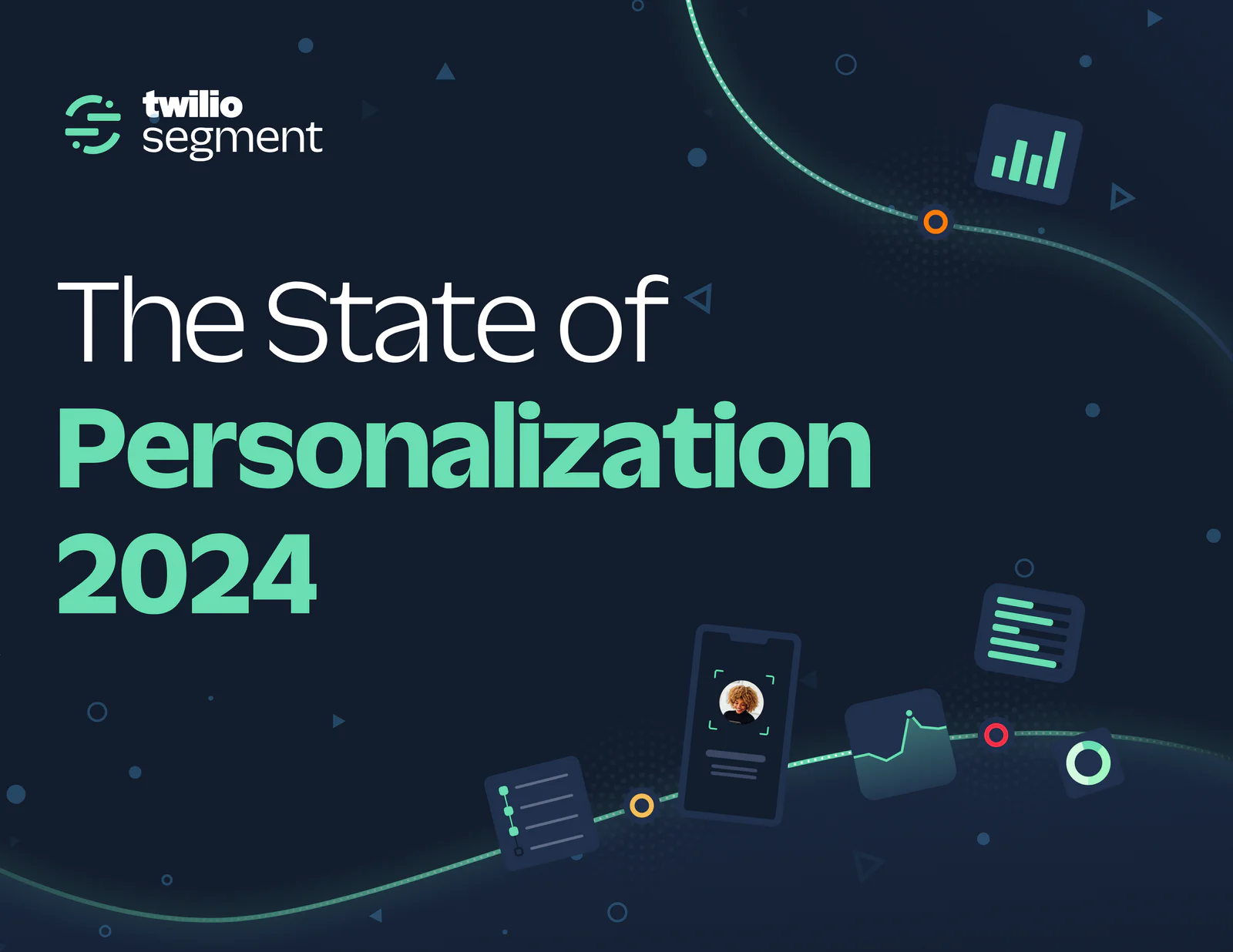We’ve all experienced it. That creepy feeling that someone, somewhere is listening. Just yesterday you chatted to a friend about your upcoming vacation. Since then, you’ve received a salvo of emails, SMS links, and Facebook ads from beachwear brands offering you special deals on their merchandise in your size!
The fact is, more and more companies are getting personal with consumer data. There are good reasons why. Hyper-personalization – turbo-powered by AI, real-time data, and behavioral indicators – gives brands incredible scope to learn who consumers are, what they need, and when they’re most likely to purchase it.
Brands are getting personal with data
By mobilizing highly-personalized content, product recommendations, and service information at scale, hyper-personalization can build customer loyalty and boost revenues. The stats back this up – Boston Consulting Group says leaders in personalization grow revenue 10 percentage points faster each year than laggards and enjoy higher customer satisfaction scores. McKinsey research revealed that 72% of consumers expect personalized experiences.
But you have to admit, sometimes it feels icky, right?
Sure! From a business perspective, hyper-personalization comes with risks.
Despite consumers’ desire for more personalization, when personalization feels invasive or excessive, consumers react negatively. This is known as the “Personalization Paradox.”
So, how do you strike the right balance between delighting your customers and spooking them?
Delight me … Don’t disturb me!
All brands must comply with privacy laws and regulations. But even when you legally use data, you must decide if doing so will benefit or alienate your customers. Third-party data can raise particular issues.
Third-party data is data an organization uses that it doesn’t own and didn’t collect. In other words, it’s data that the organization buys or retrieves from a data marketplace, government agency, or data services company. Third-party data can include demographic information and online behavior, which is extremely useful for personalization.
Consumers often unwittingly pass it on. It may not be collected in compliance with privacy laws and regulations or be up-to-date or accurate. Sending personalized ads to customers from a business they have never interacted with can seem intrusive.
This can impact the bottom line. Gartner research suggests poor data quality costs organizations $12.9 million in lost opportunities and bad decisions.
Zero-party data (ZPD), however, is a different prospect. It’s gained by offering individuals the opportunity to share data willingly in exchange for better experiences, personalized offers, and services.
What’s the big deal with ZPD?
Unlike other forms of data, ZPD is characterized by its accuracy and consensual nature, making it a valuable source of profound insight into customers. And as data privacy regulations like the General Data Protection Regulation (GDPR), California Consumer Privacy Act (CCPA) and regulations in the APAC region tighten, businesses will rely on consented and accurate data sources like ZPD to reduce legal risks.

